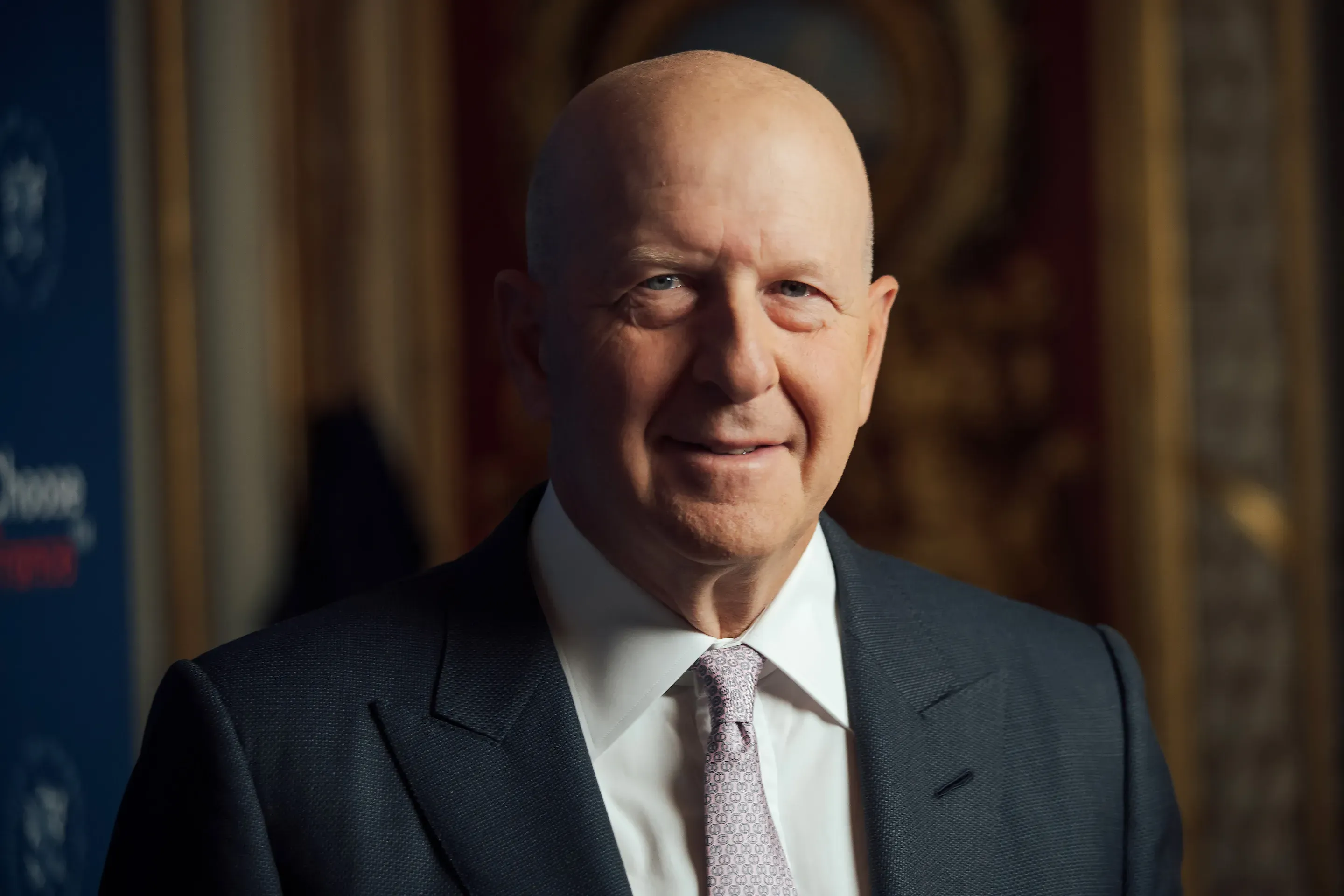Goldman Sachs Group Inc. reported a record-breaking performance from its stock trading division in the second quarter, marking the unit’s highest revenue ever. The surge was fueled by heightened market volatility tied to the Trump administration’s ongoing trade conflict, which created favorable conditions for trading activity. This environment led to a second consecutive quarter of record-setting equity trading revenue for the firm.
Goldman’s equity-trading segment brought in $4.3 billion in revenue during the second quarter, surpassing analysts’ expectations by around $600 million and topping the previous quarter’s figure by $100 million. These strong results also contributed to better-than-expected overall profits for the quarter, as detailed in the company’s earnings release on Wednesday.
The broader trading environment across Wall Street also saw a boost from the turbulence caused by tariffs. Bank of America Corp., for instance, also announced its best-ever second-quarter performance from its trading unit. Similarly, JPMorgan Chase & Co., which disclosed its results a day earlier, recorded its highest second-quarter stock trading revenue to date.
Goldman is actively working to grow its trading operations, one of the most lucrative areas on Wall Street. However, it faces rising pressure from competitors like Morgan Stanley, as well as fast-growing trading firms such as Jane Street and Citadel Securities. These rivals are increasingly capturing market share, prompting Goldman to double down on its core strengths while refining its strategies to stay ahead.
In addition to its strong performance in equity trading, Goldman’s fixed-income trading business delivered $3.47 billion in revenue, also outperforming analyst estimates. Its investment banking division posted $2.19 billion in fees, exceeding market expectations as well. These results underline Goldman’s resilience and its continued dominance in traditional banking and trading sectors.
Asset and wealth management, which the firm has identified as a strategic growth area, also saw positive momentum. Management fees in this division climbed 11% year-over-year. However, net revenue for the unit dipped slightly to $3.78 billion, reflecting some ongoing challenges amid an evolving investment landscape.
Goldman has recently made moves to reward its shareholders more generously. Earlier this month, the firm raised its dividend payout by 33% to $4 per share. This increase came after Goldman successfully passed the Federal Reserve’s stress tests, which were made somewhat easier by regulators softening certain requirements. The dividend hike signals Goldman’s confidence in its capital strength and commitment to returning more value to its investors.
Beyond dividends, shareholders have also approved hefty compensation packages for top executives. In April, they backed a pair of $80 million retention bonuses for CEO David Solomon and President John Waldron. Waldron, who is widely viewed as the likely successor to Solomon, continues to play a central role in the bank’s leadership structure.
Meanwhile, Goldman is pursuing a long-term strategy to boost efficiency and control expenses. The company has been aggressively implementing a multiyear cost-cutting plan that involves relocating senior staff and partners to lower-cost “strategic locations.” Among these are Dallas in the U.S., Warsaw in Poland, and Bengaluru in India. These moves are part of Goldman’s broader effort to streamline operations and make better use of its global footprint.
This cost-reduction initiative comes at a time when the bank is navigating both external pressures from competitors and internal demands for sustained profitability. By shifting parts of its workforce to more affordable locations, Goldman hopes to free up capital to reinvest in higher-growth areas, including technology upgrades and digital banking services.
Overall, Goldman Sachs’ strong second-quarter showing underscores the bank’s ability to capitalize on market volatility and maintain its leadership in key areas like trading and investment banking.
While the firm continues to face competitive headwinds, its efforts to reward shareholders, manage costs, and build out strategic capabilities suggest it is positioning itself for long-term success. With its core businesses firing on all cylinders and new growth avenues being explored, Goldman appears well-prepared to navigate whatever challenges the remainder of the year may bring.

Subscribe to our newsletter!
As a leading independent research provider, TradeAlgo keeps you connected from anywhere.








